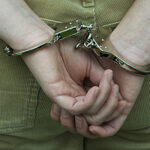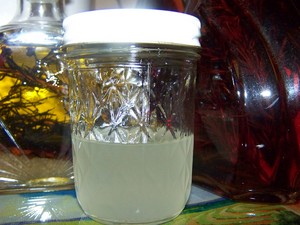Dove hunting is an enjoyable sport. But it takes preparation and skill to do it correctly and successfully. The dove hunter will need the right equipment, the perfect location, skill and even a little luck.
The right equipment includes a Dove Hunting License issued by the state where the hunting is taking place along with a Migratory Bird Permit. A shotgun and shotgun shells are a must have as well as a place to hunt doves.
Shotguns that are most used are a 20-gauge, 16-gauge or a 12-gauge that is an autoloader. An autoloader allows the hunter to shoot at least 3 shots before the dove flies out of range. The shotgun must also have a screw-in choke tube and the choke must be in the shotgun. Ammunition to use are 7 1/2, 8 or 9 shot and the load size should be 1 or 1 1/8 ounce. The heavier the load the more recoil the shotgun will have, causing the hunters shoulder to hurt. Always carry extra shotgun shells, you will probably need more than you think.
Concealment is an important part of dove hunting because dove are skittish. Hunters will have better luck if they wear camo clothing that match the surroundings.
Decoys can be an important addition to the dove hunting arsenal. Dove decoys are available in shell, full body and even robo-dove or they can be silhouettes from cardboard. The dove decoys should be placed around the hunters stand so that they will entice doves to fly close enough to be shot. They can be placed on the ground, on dead trees or on near by fences. Be sure to face the dove decoys into the wind as this is how dove take off and land.
Understanding mourning dove habits will aid the dove hunter. It is important to understand that mourning doves are seed-eaters. They eat millet, oats, wheat, corn, sunflowers and other crops.
Mourning dove eat on the bare ground. They have a set routine as well. They come off their night roost shortly after dawn and go to their watering hole. After watering, they will move to their feeding area where they stay until around midday. Shortly after, they will fly to their perching, watering or graveling sites, which are usually near their feeding sites, here they will stay for a couple of hours. After this they will fly back to their feeding area for one more bite, go back to their watering site then go back to roost.
Scouting is another important activity that has to happen before dove hunting season begins. The dove hunter will need to know where all these spots are in the doves daily routine. That way the dove hunter will know where they need to get into position to wait for the dove to arrive.
Being capable of shooting a shotgun and shooting it accurately is an important aspect dove hunting. Allow the doves to get within 25 to 35 yards before shooting. It is important for the dove hunter to remain as still as possible until the dove is in shooting range. And finally, it is important for the dove hunter to practice.




